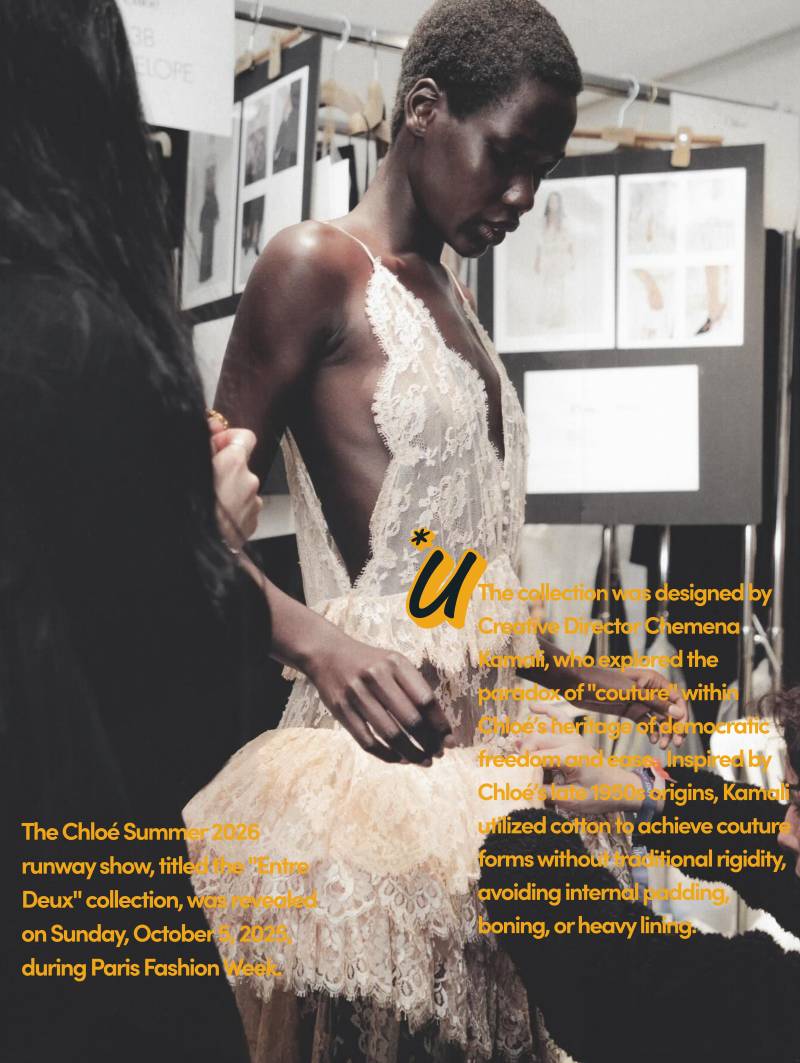utside Dakar, Senegal’s capital, is a rubbish dump with its own name: Mbeubeuss. The land on which it sits was once flat swampland. It began as a landfill site in 1968; today, it is a mountain of rubbish. It has accumulated so much plastic waste from the city that to reach it you have to drive on a road of compacted trash.
This is not the Africa I grew up in. As a child here in the 1970s and 80s, it was not like this. But when I returned in 2012, I was shocked at what I found. Here in Senegal, there was plastic waste everywhere – at roadsides, in trees, everywhere. The younger generation don’t know any different: it’s just part of their environment now. I decided I wanted to shoot a series to raise awareness of environmental issues in Senegal, in the hope that people would realise that things do not have to be this way. I wanted to connect environmental issues with the cultural interests of the population, and started researching animism – the belief that objects and the natural world are imbued with spirits.
Animism is connected to nature: it was about praising nature in all its different elements, working with it not against it, and living in harmony with it. Much of that was lost with globalisation and the modern way of living. With this series, I wanted to create a series of spirits sent by Mother Earth to warn humankind about its neglect and destruction of the environment.
Each of the shots in the series addresses one environmental concern: coastal erosion, oil spills, sanitation and the burning of the land for agriculture, for example. But this image, the first I shot for the series, was about plastic consumption.
This is a global problem. The only reason Europe doesn’t look like this is because it ships its waste out to us
I had the idea to make a dress that was a continuation of the trash mountain, so it looked as though this spirit was emerging from the piles of rubbish. I collaborated with a Senegalese stylist called Doulsy who had been working with recycled materials and can sew pretty much anything: he was the perfect person to create this costume. It needed to have a sense of scale: the model is sitting on a barrel of oil to give that height to the figure. We wanted to strike a balance between working with abandoned materials and making something that looked like a fashion editorial.
But more than anything this image is a message: the model is holding a child’s doll, looking out over the wreckage. It represents the future generations that we’re condemning to environmental catastrophe through our overconsumption.
At first, I only intended to make 10 images. They were all going to be shot in Senegal, and distributed to people here. But I felt uneasy when the work was finished: it felt like I was drawing attention to Africa for the wrong reasons. I was concerned it made the continent look uniquely polluted, as though this isn’t a problem all over the world. The only reason Europe doesn’t look like this is because it ships its waste out to us.
So I continued the series, shooting all over the world, from Australia and the destruction of the coral reefs to the US and the damage wrought by coal mining. My work is about unity, about revealing the ways in which we are all connected, to each other and to nature. Taking this series global helped achieve that.
My work has always been a mix of different things, a kind of blending of different disciplines and cultures denoted in the French word métissage. I’m European and I’m African. I grew up in a culture heavily influenced by voodoo, while also reading western comics. I’m a fashion photographer but I’m also an industrial engineer. My work represents all of that.
Across all I do, I’m interested in identity and how we separate ourselves from those we consider the “other”. Throughout history, humankind has created an idea of the other in order to justify his or her exploitation. It is an idea that was central to slavery and colonialism. But it’s also at the heart of our approach to the environment. Only because we see ourselves as apart from the natural world, or superior to it, can we continue to treat it this way.
Today, people talk about the anthropocene era: a geological term for a time in which nature is being fundamentally changed by humanity. But it suggests that humanity as a whole, not the specific capitalist system we have created, is the problem. In fact, it is the system that is the problem, and the system that needs to be opposed.
SOURCE : Theguardian




